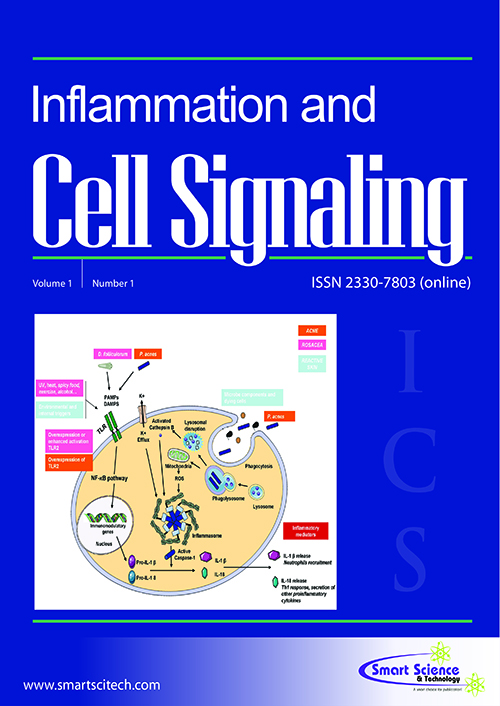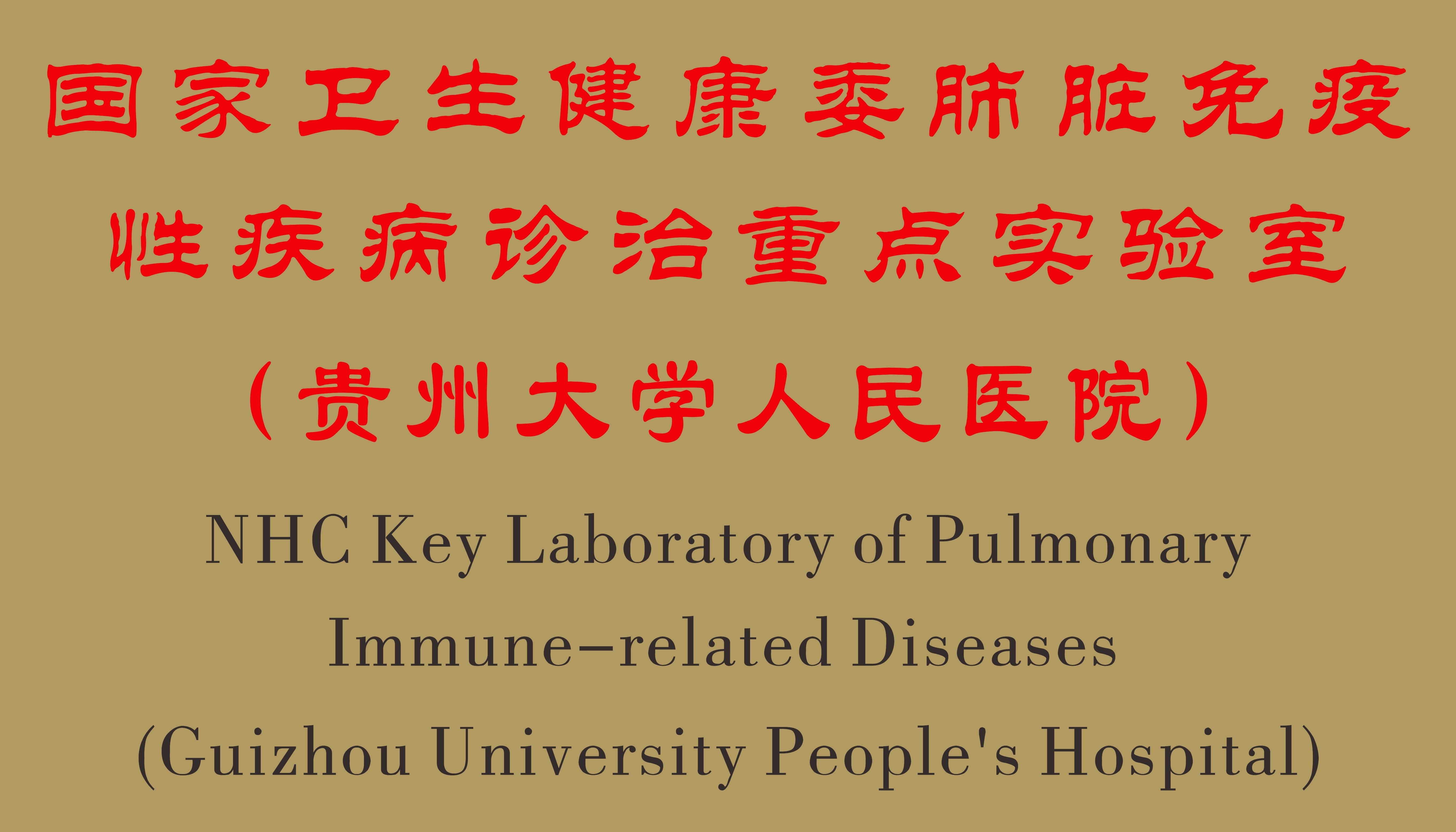Analysis of FeNO levels in 496 asthma patients
Abstract
Nitric oxide (NO) plays an important role in the lungs and airways as an endogenous relaxation factor, neurotransmitter, and inflammatory mediator. However, the significance of the fractional exhaled nitric oxide (FeNO) level in asthma patients is yet to be clarified. In this study, the data of 500 outpatients from the Department of Respiratory Diseases of Guizhou Provincial People’s Hospital between August 2023 and December 2023 were retrospectively analyzed, and among them, adult asthma patients with no hypermetabolic disease, no acute stress, no history of long-term hormone use, and the ability to cooperate in FeNO testing were included. These patients were divided into the allergy-positive group and allergy-negative group, and the results revealed that the measured FeNO level was not significant correlated with age, sex, or pulmonary function parameters (forced expiratory volume in one second percentage (FEV1%), forced vital capacity (FVC), and FEV1/FVC) (P>0.05) but was significantly positively correlated with the peripheral blood percentage of eosinophils (EOS%) (P<0.01). In addition, the effects of sex and common comorbidities on the measured FeNO level were not statistically significant (P>0.05), and the measured FeNO level of the smoking population was significantly lower than that of the nonsmoking population (P<0.05). Moreover, the measured FeNO levels were different for patients with different allergies. Among 217 patients positive for allergic reactions to inhaled allergens, dust mites were the allergens for 66 patients, and the measured FeNO level was (67.36±49.88) parts per billion (ppb); pollens were the allergens for 53 patients, and the measured FeNO level was (44.18±19.63) ppb; and cooking oil fumes (COFs) were the allergens for 41 patients, and the measured FeNO level was (38.92 ± 15.75) ppb. In 57 patients with allergic reactions to multiple allergens, the measured FeNO level was (99.22 ± 98.3) ppb. The FeNO level in patients with dust mite allergies was significantly greater than those in patients with COF and pollen allergies (P <0.05). Finally, we concluded that the FeNO level in asthma patients was not affected by age or sex, was significantly correlated with EOS%, and was affected by smoking history. FeNO levels differed among asthma patients with different allergies.














